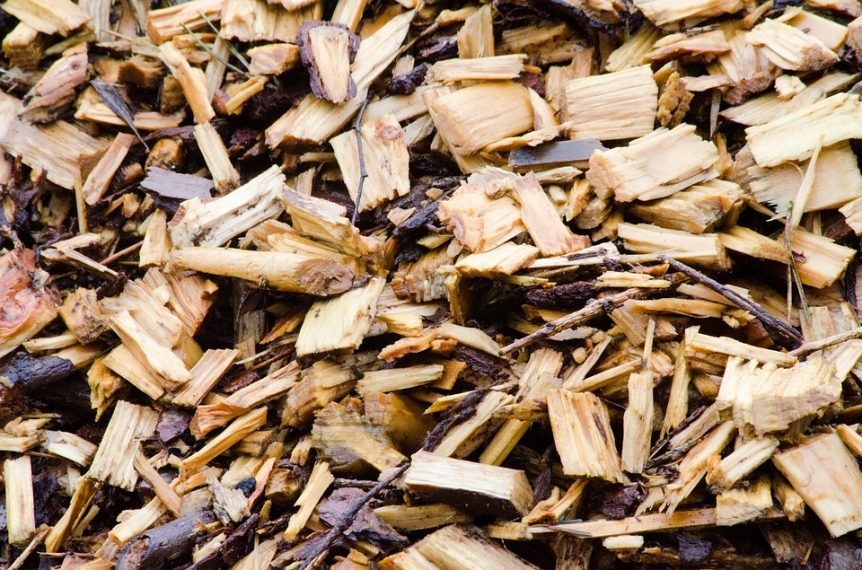The Importance of Mulch
Mulch is one of the most effective ways to enhance your garden and strengthen your plants. Apart from the apparent aesthetic uplift, it offers to your landscape, it has many other benefits that will allow you to greatly reduce the amount of time you will spend on maintenance. Lawns with mulch installed are generally more resilient to weeds and droughts and are healthier overall.
Additionally, they act as barriers that prevent water from being lost from the soil. This is due to excessive evaporation and serves as insulators in periods of extreme heat or cold. Though the properties of the mulch vary, depending on which type you opt for, by and large, your lawn would be better off with them than without them.
How Much Should You Use
The question which then arises is that how much mulch would prove to be enough? Click here to see how often you should install mulch. The response will be based on the method and the type you use. Usually, during the growing season, the thickness of the mulch should be such that it prevents the growth of weeds, which offer serious competition for resources to the grass during this period. And how do you decide the thickness? A finer and thinner layer of shredded plant material, for example, proves to be more effective than a thicker layer of loose material.
To put that in context, 1-2 inches of cocoa bean hulls would serve the same purpose as a 4-inch thick layer of pine needles. Similarly, a loose material like hay or straw would be as effective in suppressing weeds as a finer material like sawdust with half the thickness. So the quantity of mulch required will depend on what material you opt for. This will be defined by your specific requirements and what material personally appeals to you.
Calculations
Once you decide the type of mulch you use, it’s time then to calculate the quantity you should purchase. Get your measuring tapes out and scale the length and width of your area, possibly in feet. Then multiply these figures to get the area in square feet. Repeat this for all the area that you wish to cover with mulch. Add all these numbers to get the total footage of the area that needs covering. Then multiply this number by the depth of mulch that you decide on.
If there is heavy weed growth, we recommend a 6-inch layer. But, generally for flowerbeds and vegetable gardens, 2-3 inches should suffice. Convert the inches to feet and multiply with the calculated area. This will give you the volume of mulch you will need cubic feet. Take note that though bagged mulch is sold in cubic feet, loose mulch is generally sold in cubic yards. So you might need to further multiply your results by 0.037 to get the right units. Since most gardens aren’t perfectly square, it’s alright to take rough measurements, but try to over-estimate instead of under-estimating to stay on the safe side. There are also websites available online that could calculate the quantities for you, or you could seek out professional assistance in this regard if you feel that is needed.

